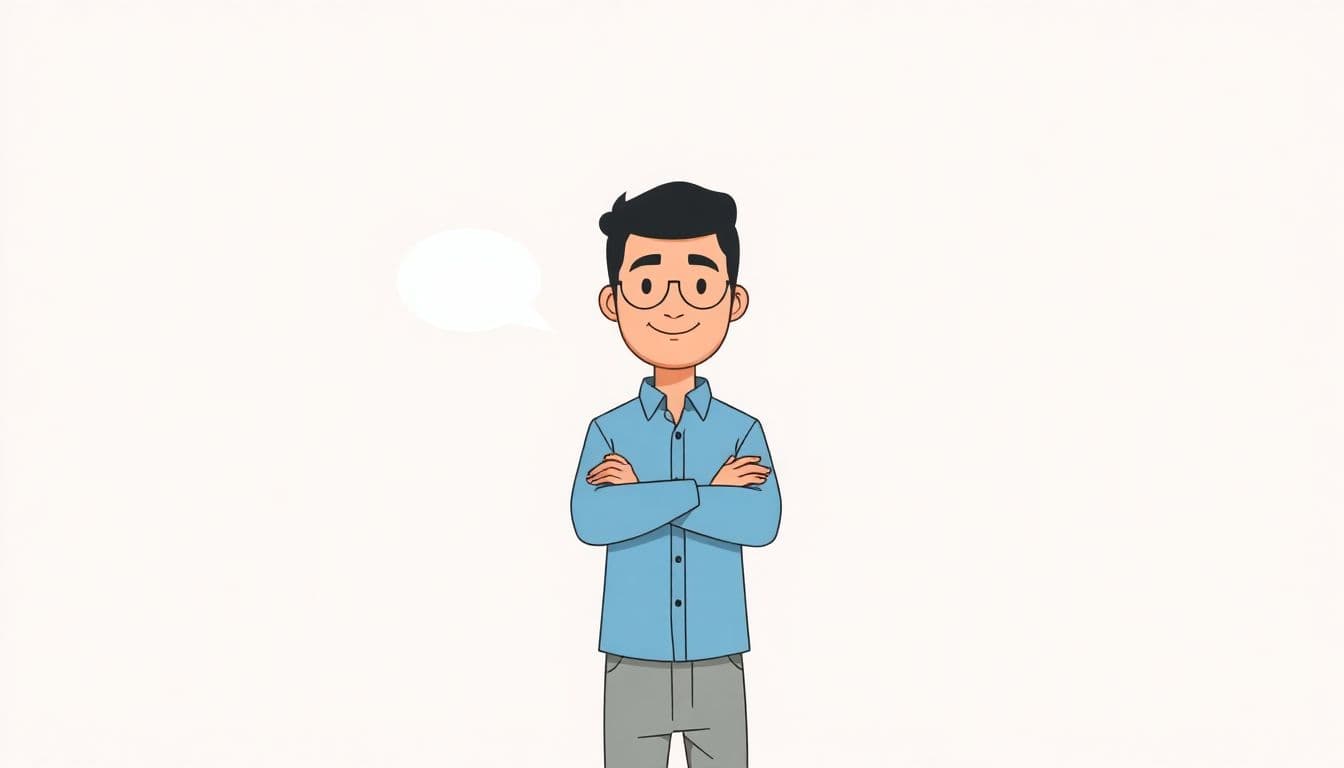Table of Contents
Choosing the right type of editor can be a bit overwhelming, right? With so many different roles out there, it’s easy to feel lost in the mix. Whether you’re a writer looking for help or just curious, knowing the different kinds of editors can make a big difference in your work.
Stick around, and I promise you’ll get a clear understanding of each type of editor and what they bring to the table. From content specialists to social media whizzes, each has their unique skills that can elevate your projects.
We’ll break down the various types of editors together, so you’ll have a handy guide to decide who you might want on your team—no more guessing or confusion!
Key Takeaways
- Content editors improve story structure and clarity.
- Copy editors focus on grammar and consistency.
- Technical editors ensure accuracy in specialized fields.
- Business editors target professionalism in corporate content.
- Managing editors oversee the editorial process and team workflow.
- Photo editors align images with editorial vision.
- Video editors enhance storytelling through visuals.
- Social media editors create engaging online content.
- Proofreaders check for final errors before publication.
- Developmental editors refine narrative flow and content structure.

Types of Editors
Editorship isn’t a one-size-fits-all role; there are various types that cater to different needs in the publishing process.
From content creation to formatting, each type of editor specializes in specific aspects of writing and publication.
Understanding these categories helps authors choose the right editor and ensures they receive the best support for their specific project.
Content Editors
Content editors focus on the overall quality of a manuscript, looking at the structure, flow, and clarity of ideas.
They often provide feedback on themes, character development, and pacing to enhance the story’s impact.
One effective tip to maximize your work with a content editor is to prepare specific questions or concerns before your meeting.
This will help you get targeted feedback, especially on larger issues that drive the narrative.
Consider using outlines or even bullet points to clarify your thoughts on sections that may need more work or rethinking.
Copy Editors
Copy editors dive into the details, focusing on grammar, punctuation, and consistency throughout a piece.
They help ensure your writing follows a style guide—think of it as polishing your work to make it shine.
A practical tip for working effectively with a copy editor is to familiarize yourself with common grammar rules and style guides like the Chicago Manual of Style or MLA format.
This knowledge can help you understand their feedback and implement the necessary changes efficiently.
Lastly, try reading your manuscript out loud—your ears can catch errors your eyes might miss!

Technical Editors
Technical editors specialize in content that involves specialized knowledge, often in fields like science, technology, or engineering.
Their primary goal is to ensure that the information is accurate, well-researched, and clearly presented.
When working with a technical editor, provide them with background materials and resources they’ve encountered during your research so they can comprehend your arguments completely.
Additionally, sharing a list of key terms and definitions can greatly enhance their editing process.
A solid strategy is to create a timeline for the project, allowing key milestones for reviews and revisions, ensuring that both you and your editor stay on the same page.
Business Editors
Business editors focus on content that targets the business world, ensuring clarity, professionalism, and adherence to industry standards.
They often work with corporate materials like reports, proposals, and internal communications.
When collaborating with a business editor, it’s crucial to provide context about your audience and the document’s objectives to tailor the content appropriately.
Consider sketching an outline highlighting the primary messages you want to convey, which can serve as a roadmap for your editor.
Moreover, ask about best practices in business writing to further enhance your materials, as they often have industry-specific insights.
Managing Editors
Managing editors are the organizational backbone of any editorial team, overseeing the entire editorial process.
Their role includes managing budgets, deadlines, and the work schedules of various editors and writers.
To work effectively with a managing editor, establish clear communication channels from the get-go; this helps in addressing any issues promptly.
Creating a shared calendar that lists deadlines and key meetings can prevent misunderstandings.
Consider also having regular check-ins to discuss project progress and provide a platform for feedback, making your workflow smoother.
Photo Editors
Photo editors ensure that images align with the editorial vision and quality standards of a publication.
They possess a keen eye for composition, lighting, and the overall aesthetic impact of visual content.
When collaborating with a photo editor, share your vision clearly—whether it’s a specific mood you want to convey or a particular style of photography.
Providing a reference folder featuring images or color palettes that inspire you can help clarify your expectations.
Also, regularly discussing how images relate to the text can foster a more cohesive end product, as visual storytelling is integral to any publication.
Video Editors
Video editors are responsible for transforming raw footage into a polished final product, focusing on storytelling through visuals.
They work with pacing, sound, and visual effects to enhance the viewer’s experience.
To maximize collaboration with a video editor, prepare a detailed script or outline before editing starts, including specific shots or transitions you envision.
Consider creating a mood board with clips from other videos that align with your ideas, giving context to your vision.
Also, regularly reviewing drafts can ensure your project stays on track, allowing for refinements before the final cut.
Social Media Editors
Social media editors curate and create content for various online platforms, ensuring that messaging resonates with target audiences.
They’re adept at navigating trends and algorithms to boost visibility and engagement.
When collaborating with a social media editor, be clear about your branding guidelines and target demographics.
Encouraging them to use analytics tools for tracking performance can help refine strategies to increase engagement.
Furthermore, having regular brainstorming sessions for content ideas—like trends or topical discussions—can keep your strategy fresh and relevant.
Proofreaders
Proofreaders conduct the final review of a manuscript, focusing on typos, spelling mistakes, and formatting issues.
While they’re not expected to provide feedback on content structure or style, they play a critical role in ensuring professionalism.
To aid proofreaders, ensure they have access to the latest style guide and any specific publication requirements.
Encouraging them to work in a quiet environment and read the text multiple times can help catch pesky errors.
Lastly, establishing a consistent proofreading schedule is a good idea, as it can make a significant difference in the timing and quality of your final submission.
Developmental Editors
Developmental editors take a deep dive into the schematics of a manuscript, focusing on both content and structure.
Their goal is to improve the narrative flow and coherence of ideas throughout the entire work.
It’s essential to come to the table with a clear understanding of your story’s goals and your audience’s preferences.
Providing them with a summary or thematic outline can help them give focused feedback.
Additionally, being open to criticism and ready to explore new directions can lead to a stronger final product.
FAQs
A content editor is responsible for shaping and refining the overall content strategy, ensuring the material aligns with audience needs, brand voice, and quality standards while also overseeing the development of individual pieces.
While both roles focus on text, a copy editor emphasizes grammar, punctuation, and style consistency, ensuring the final content is polished and error-free, while a content editor looks at the bigger picture and strategy.
A technical editor focuses on ensuring the clarity and accuracy of complex technical documents, verifying that the information is presented in an understandable manner while adhering to industry-specific standards and guidelines.
A social media editor specializes in creating and managing content specifically for social media platforms, focusing on engagement metrics, audience interaction, and tailoring messages to fit different platforms and target demographics.



